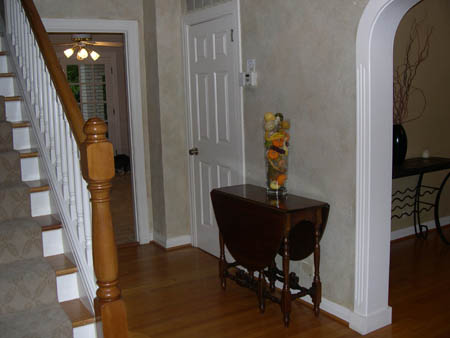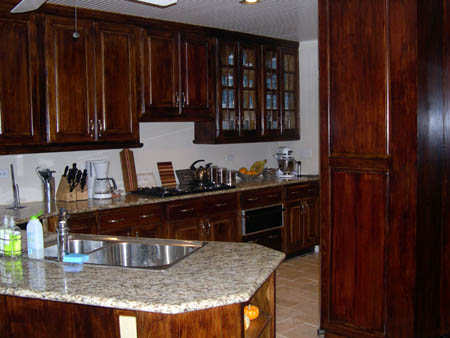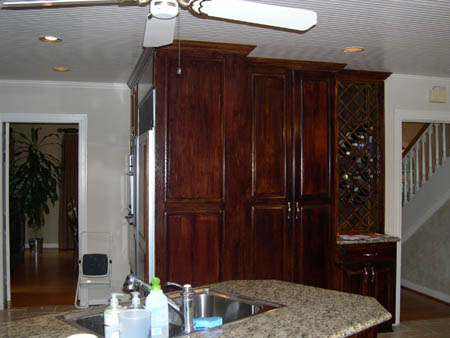EDITOR’S NOTE: Residential design is tricky. It”s emotional” it”s territorial” it”s personal. Last month we introduced this series of articles told from the client”s perspective by emphasizing empathy, a crucial component of the Art of Communicating. For this installment of client / designer relationship exploration, we want to highlight tact, otherwise known as diplomacy or savoir faire. When a client hires you, not only are they looking to you to make their personal sanctuary beautiful, but they are also hoping you will confirm some of their previous choices ” while improving upon them, of course. This positive reinforcement boosts their ego a little (and who doesn”t enjoy that”), simultaneously increasing their confidence in you as a concerned caretaker of their possessions and overall image. Designers have a reputation ” in the media, at least ” as haughty, belittling divas, chomping at the bit to criticize any aesthetic decision not their own. In reality, unless your client has major self-esteem issues and is missing a backbone, this kind of attitude will do anything but win friends (a.k.a. clients) and influence people. Let”s hear it for the good guys.
PLOT SUMMARY: When last we left Client Debra and Designer Rob, they had completed their initial walk-thru of her and her husband”s 1940s style home. Debra, the design virgin, dutifully prepared for her consultation by making lists and gathering examples of what excites her” design-wise, of course! Rob took advantage of their first meeting to quiz her about how she and her man actual live in the home. His conclusion: the house has good potential because “it”s got good bones.”
 Prep for Meeting 2: Hmmm” no.
Prep for Meeting 2: Hmmm” no.
I”m haunted by the good bones comment. Does that mean everything else is a mess” But then again, if I think it is, Rob should too. I attend a meeting of our local historic district to talk to the street”s historian. Preservation is extraordinarily important to her, and I want to respect the history of our “bones”. She has written books on preserving houses, consults for new homeowners on our street, restores homes, the whole nine. So I run down a synopsis of what we want to do to the house. And I ask, “Is there anything on the inside that we need to preserve””
She thinks for a minute and appears to be making a mental list of the intricate historical details of our house that simply must be kept intact. Then she lays it on me. “I spent a lot of time in that house growing up and” hmmmm” no. Nothing. There”s really nothing you need to preserve.”
“So, nothing”” I ask, confused. “No crown molding” No 1940s arches” No original fireplace””
“Hmmm”no. You don”t need to keep any of it.”
 Meeting 2: About the kitchen”
Meeting 2: About the kitchen”
After a good week of pouting, I decide to free myself from the comment that not even the slightest bit of my house is historically important in any way. After all, I”m trying to modernize this place, right” I look forward to the next meeting because I find out that more men are coming into my life to fix the abode. Rob brings his assistant and a contractor, David, who actually worked on the remodel of Rob”s house. To me, this is an excellent recommendation.
I instantly love the triumvirate of men. David walks through the house, room by room. With a mental sledgehammer and paintbrush, he”s knocking through glass block shower walls here, adding a touch of icy blue to the living room there. As with Rob, I can see from his comments and glances that he sees more than I do here. Thank God.
 Then they wander into what would be an ongoing source of debate throughout the process. Rob initiates the topic gently: “About the kitchen””
Then they wander into what would be an ongoing source of debate throughout the process. Rob initiates the topic gently: “About the kitchen””
He tried this on the first meeting, and I didn”t bite. But now he has Backup. And his team is on his side. In Rob”s opinion, it is too dark and ill-designed for actual food prep. In my opinion, we spent a pretty penny on this room two years ago. I see his point, but I also see a drain sucking away dollar signs.
The boys roam the rest of the house, making notes, taking measurements, nodding to each other over square-ish, dark-framed glasses. After two hours of what feels like a medical exam, the triumvirate agrees that the house will look fabulous after the remodel, based on the “good bones” and the direction I want to take. I am told I have classic 1940s style. I love to hear this.
Rob is not just supremely talented at interior design. He knows how to make me feel like a rock star. Maybe shelling out a little cash to remodel the kitchen for a second time won”t be so bad after all”


